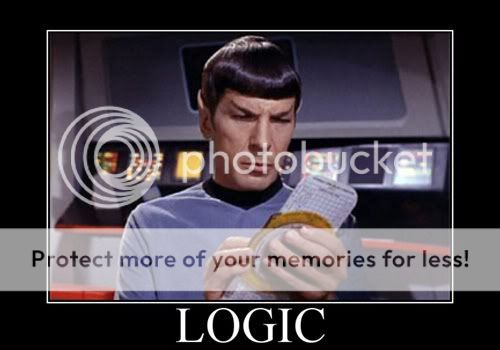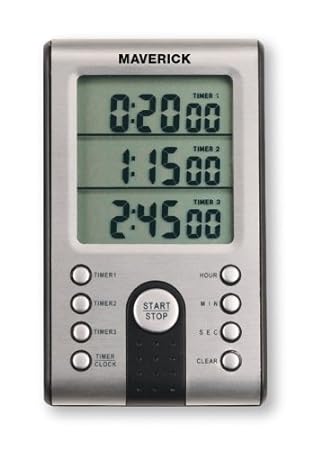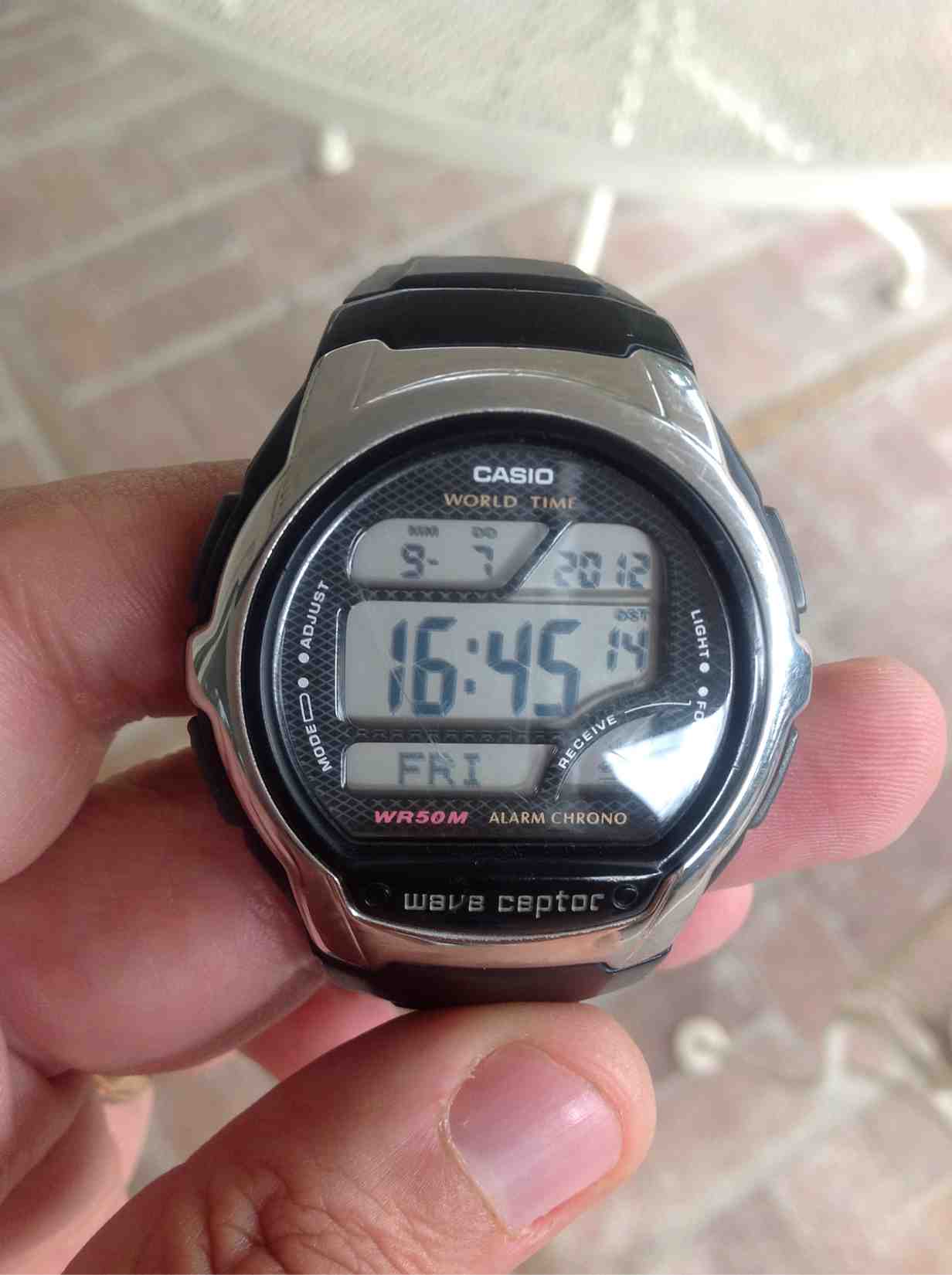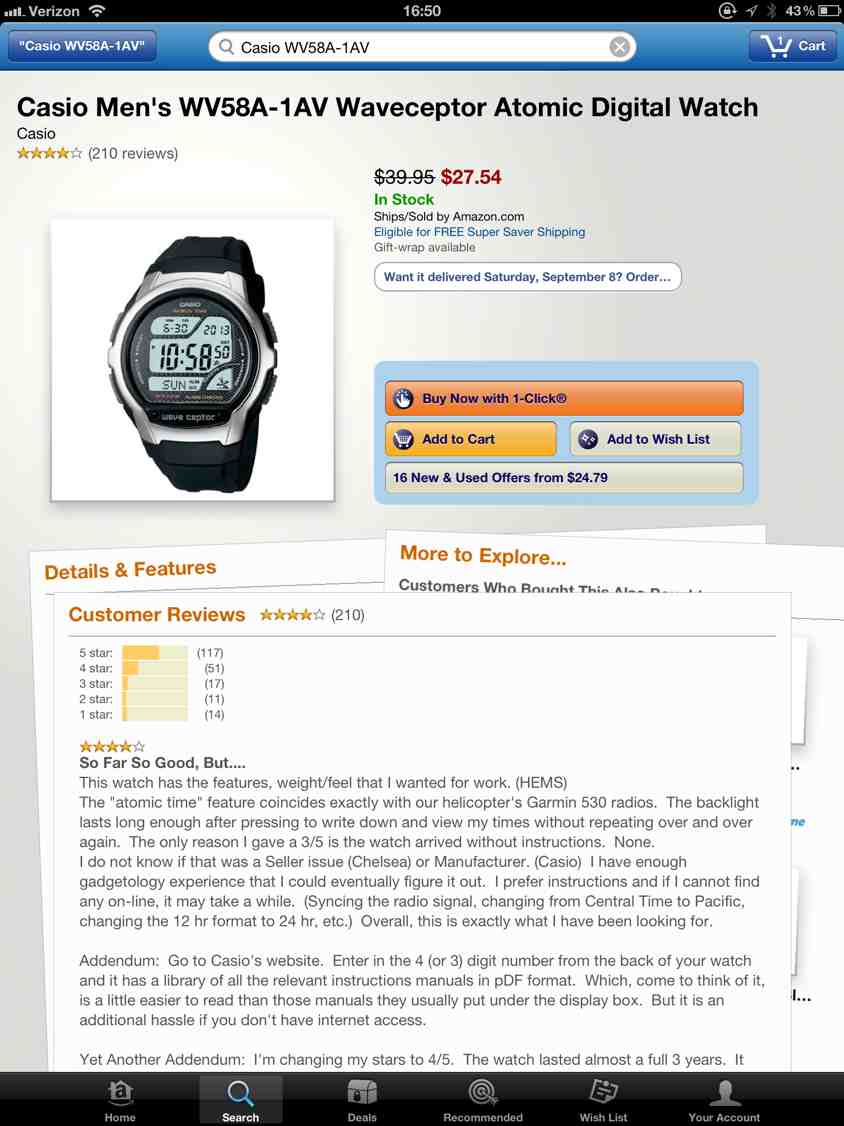MAKG1
Touchdown! Greaser!
- Joined
- Jun 19, 2012
- Messages
- 13,411
- Location
- California central coast
- Display Name
Display name:
MAKG
Next time, bring along a spare device or spare batteries. But if the examiner fails the first device, tells you the battery is dead in the second, and that your spare battery is also dead so the only tool you may use is a mechanical E-6B, s/he is not playing by the rules for practical tests.
Surely you know that battery powered devices are containers for dead batteries, no?
How many of us have reached for a flashlight after the power fails, to find all 20 of them on the refrigerator have dead batteries?
Having said that, I got away with reciting my diversion from memory, and doing a tiny bit of math in my head. The DPE specified a target that I had planned (and rejected as too short) a cross-country to just a few days earlier, so I knew the landmarks and distance. Calculating time and fuel burn is easy at 100 knots and 10 GPH (low altitude, full rich, in a 172). I would have been a bit more formal about that if I realized the scenario I was being asked was a diversion, before I was almost done with it.
Last edited:






